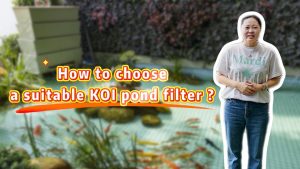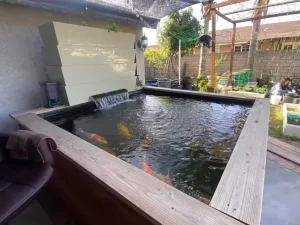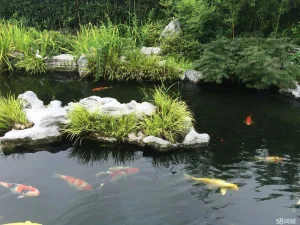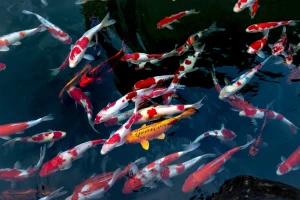Introduction
You’ve decided you want a koi pond, and you’re ready to start planning the design. The first question you need to answer is what type of filter you want to use. There are a few different options available, but the rotary drum filter is one of the most popular choices.
In this post, we’ll take a closer look at the rotary drum filter and discuss some of the pros and cons of using this type of filter in your koi pond. We’ll also cover some of the material and application considerations so that you can make the best decision for your needs.
A rotary drum filter is exactly what it sounds like—a filter that uses a rotating drum to clean your water. The drum is usually covered in a mesh material, which traps debris and solids as the water passes through it.
This type of filter is a great choice for larger koi ponds, because it can handle a lot of wastewater. It’s also very efficient at removing particles and debris, so your pond water will be clean and clear.
If you’re thinking about installing a rotary drum filter in your koi pond, make sure to talk to your local koi pond retailer. They can help you choose the best model for your needs.
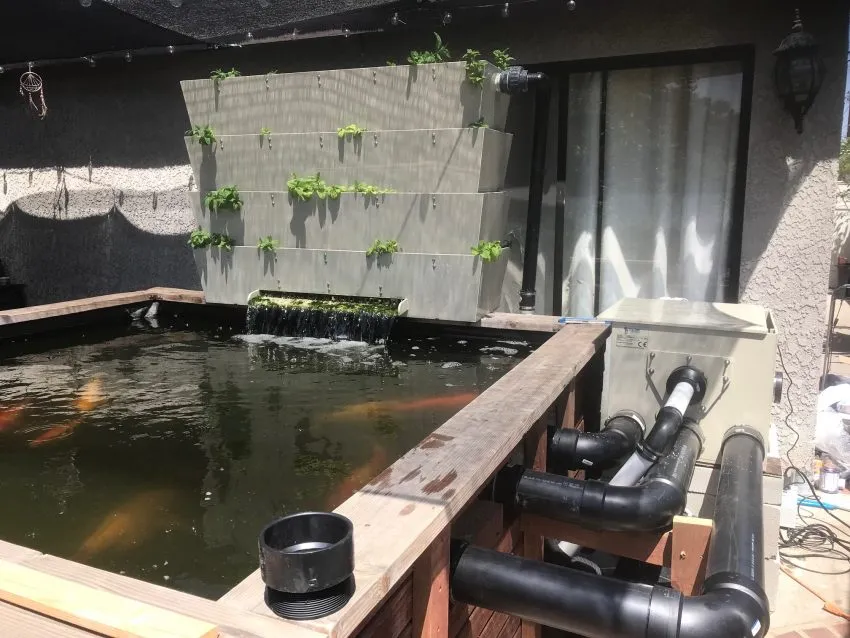
Rotary Drum Filter + Bakki Shower Filter
How Does a Rotary Drum Filter Work?
So, how does a rotary drum filter work? It’s actually a pretty simple concept. The filter is submerged in the water and the pump sends water into the top of the filter. This water is then forced through the filter media and out of the bottom of the filter.
The great thing about a rotary drum filter is that it can handle a large amount of water, so it’s perfect for bigger ponds. It also has a high flow rate, which means that it can keep your pond clean and healthy without having to wait long for the water to filter through.
Plus, because it’s easy to maintain, a rotary drum filter is a great choice for people who don’t have a lot of time to spend on pond maintenance.
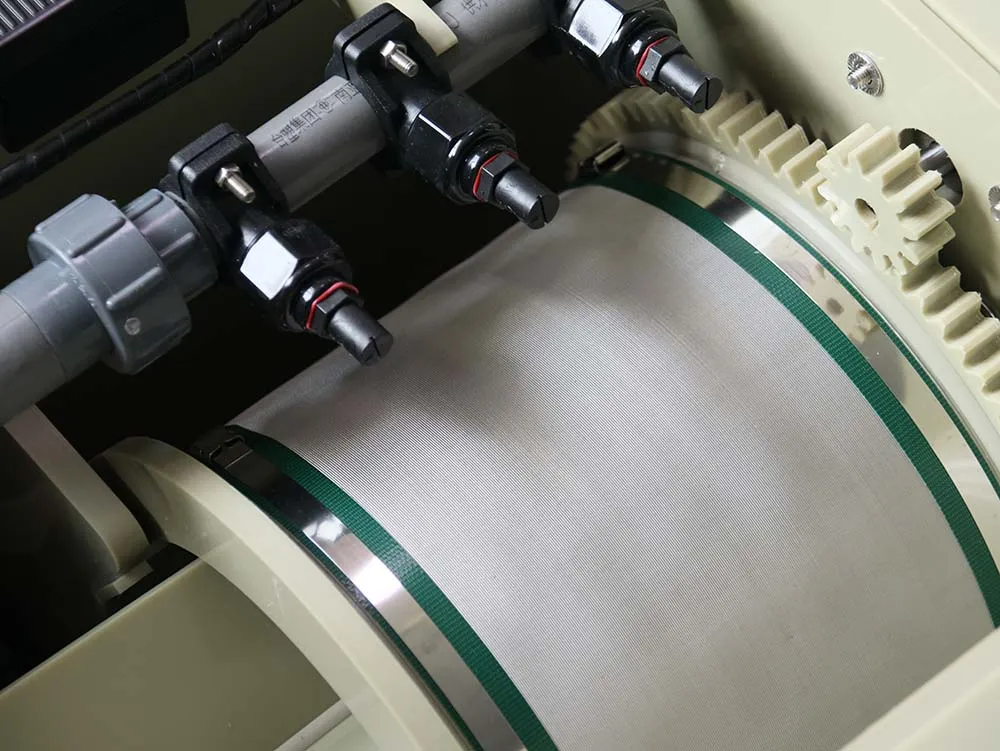
What Are the Benefits of Using a Rotary Drum Filter?
If you’re thinking of installing a rotary drum filter in your koi pond, there are a few benefits you should know about.
First, a rotary drum filter is great for filtering out debris and particles from the water. This means your koi will be healthier and have less risk of getting sick.
Second, a rotary drum filter helps to improve the water quality by reducing the levels of ammonia and nitrates. This is important, because high levels of ammonia and nitrates can be harmful to your fish.
Third, a rotary drum filter is easy to use and maintain. All you need to do is turn it on and let it do its job!
How to Choose the Right Rotary Drum Filter for Your Koi Pond
When it comes to choosing a rotary drum filter for your koi pond, there are a few things you need to take into account.
First of all, you need to decide on the size and shape of your pond. Then, you need to decide on the type and thickness of the material you want your filter to be made out of. And finally, you need to decide on the application.
For example, if you have a large pond and you want your filter to last for many years, you might want to choose a filter made from stainless steel or fiberglass. If you have a small pond and you’re not too concerned about durability, a filter made from PVC might be a good option for you.
What Are the Different Types of Rotary Drum Filters?
Now that you know a little more about rotary drum filters, let’s take a look at the different types.
There are three main types: mechanical, biological, and chemical.
The mechanical type is the most basic and works by trapping solid particles in the filter media. The next step up is the biological type, which uses bacteria to break down the organic matter in the water. And finally, there’s the chemical type, which uses chemicals to purify the water.
So, which one is right for you? It really depends on your needs and what you’re looking to achieve with your koi pond.
Which Is the Best Rotary Drum Filter for Your Koi Pond?
So, you’re thinking of installing a rotary drum filter in your koi pond? Great choice! But with so many options on the market, how do you know which one is right for you?
Don’t worry, we’re here to help. In this article, we’ll take a look at the different types of rotary drum filters on the market and give you some tips on how to choose the right one for your pond.
We’ll start by looking at the different types that rotary drum filters are made from. Then we’ll discuss the different applications they can be used for and help you decide which one is right for your needs. Let’s get started!
Rotary Drum Filter
One of the oldest filters used in industrial applications, a rotary drum filter resembles a drum laid on its side. one third to one half is immersed in the suspension.
Typical Applications
- Kaolin Clay
- Metal Hydroxide Residue
- Titanium Dioxide
- Alumina (Red Mud )
- Pharmaceutical
- Chemical Processing
- Gypsum
- Pulp and Paper Making
- Food Processing
- Industrial Water Management (starch)
- Mining and Minerals
- Sugar Processing
Conclusion
A Rotary Drum Filter is an important filtration system for your Koi Pond. It is the best way to remove solids from the water and keep your pond clean and healthy. There are many different Rotary Drum Filters on the market, so it can be hard to decide which one is right for you.
We have put together a guide to help you choose the best Rotary Drum Filter for your pond. We will discuss the different types of filters, their features, and the applications they are best suited for. We will also provide a review of some of the best Rotary Drum Filters on the market.
By the end of this guide, you will know everything you need to choose the perfect Rotary Drum Filter for your Koi Pond. If you want to know more about this system, just leave a message and our team will be back to you as soon as possible!

